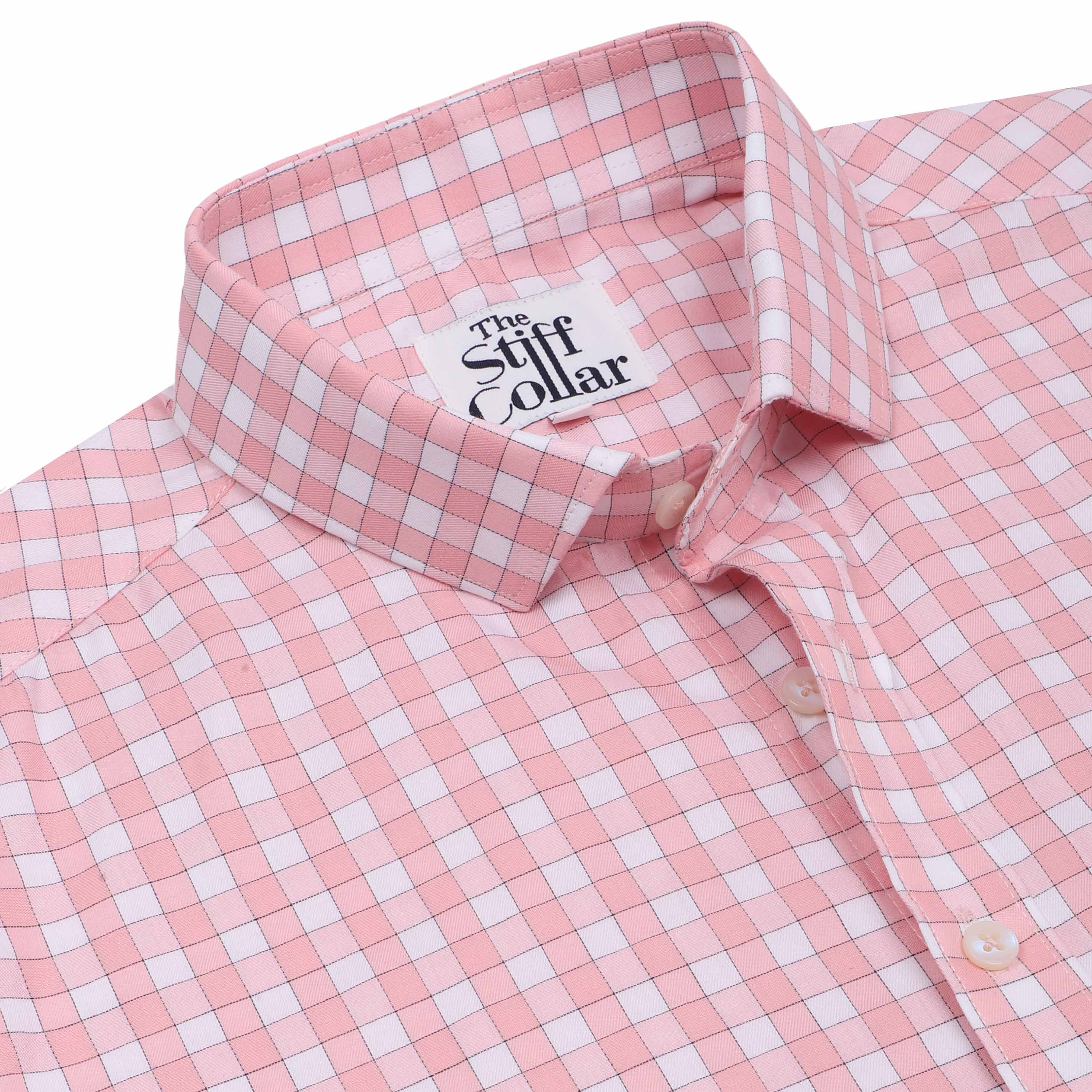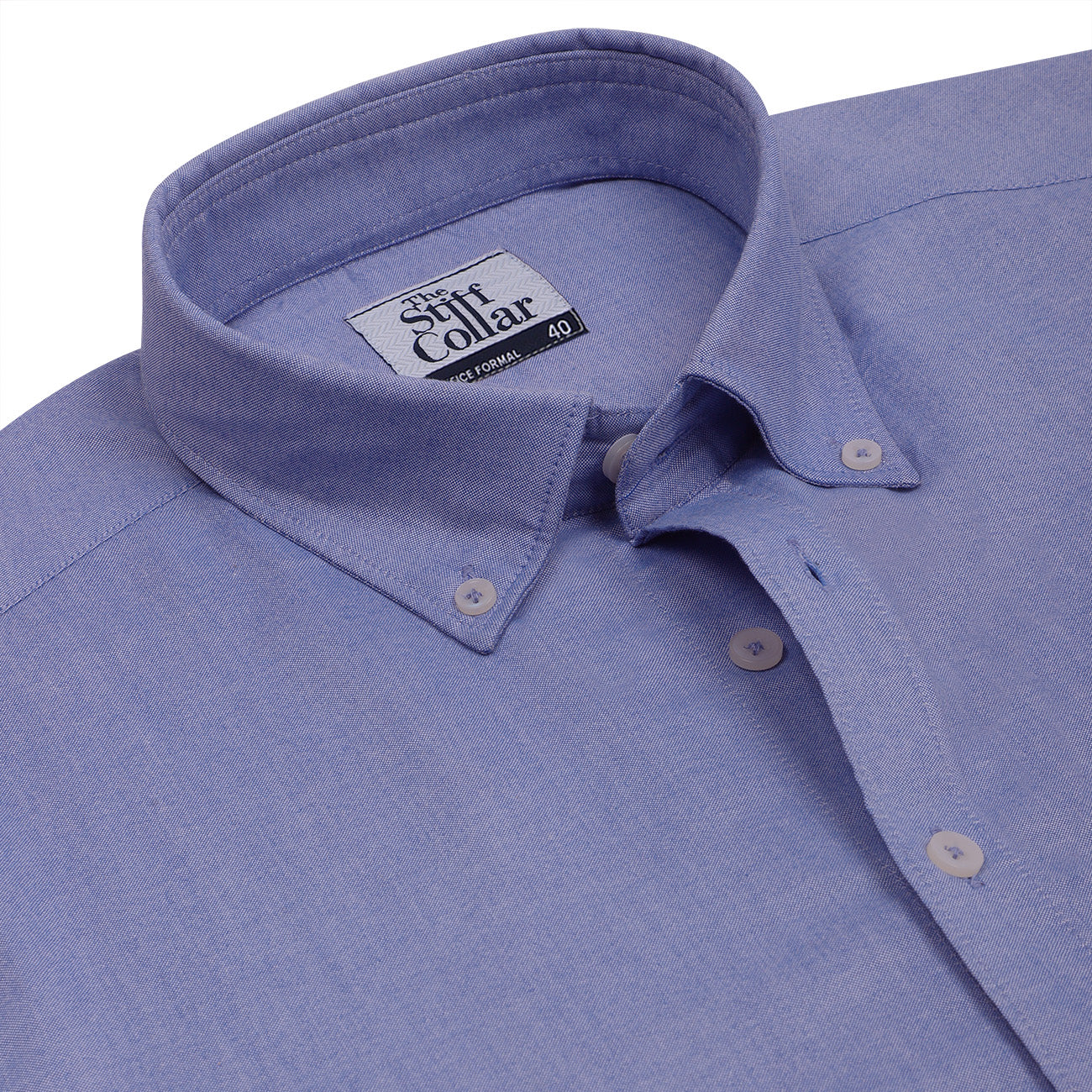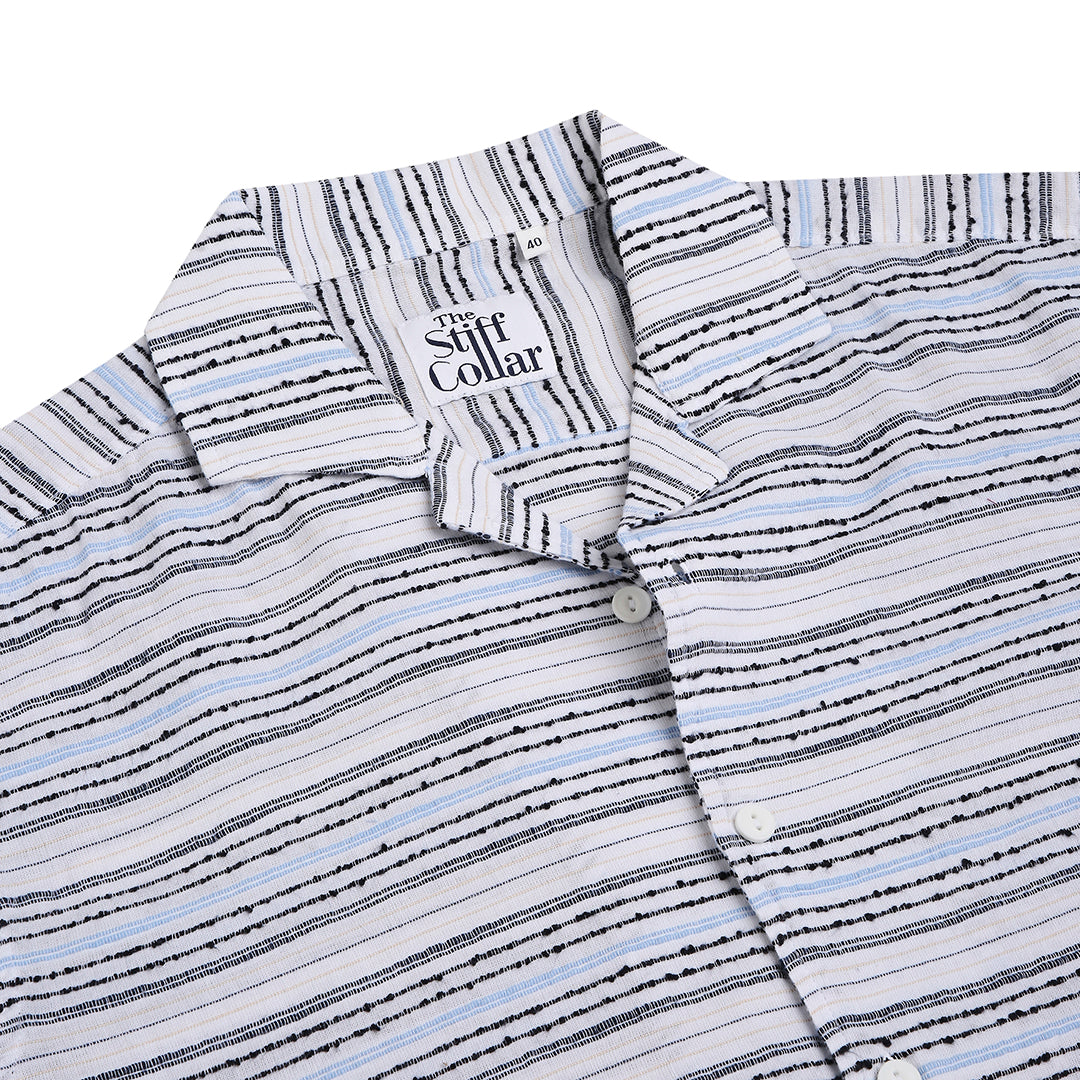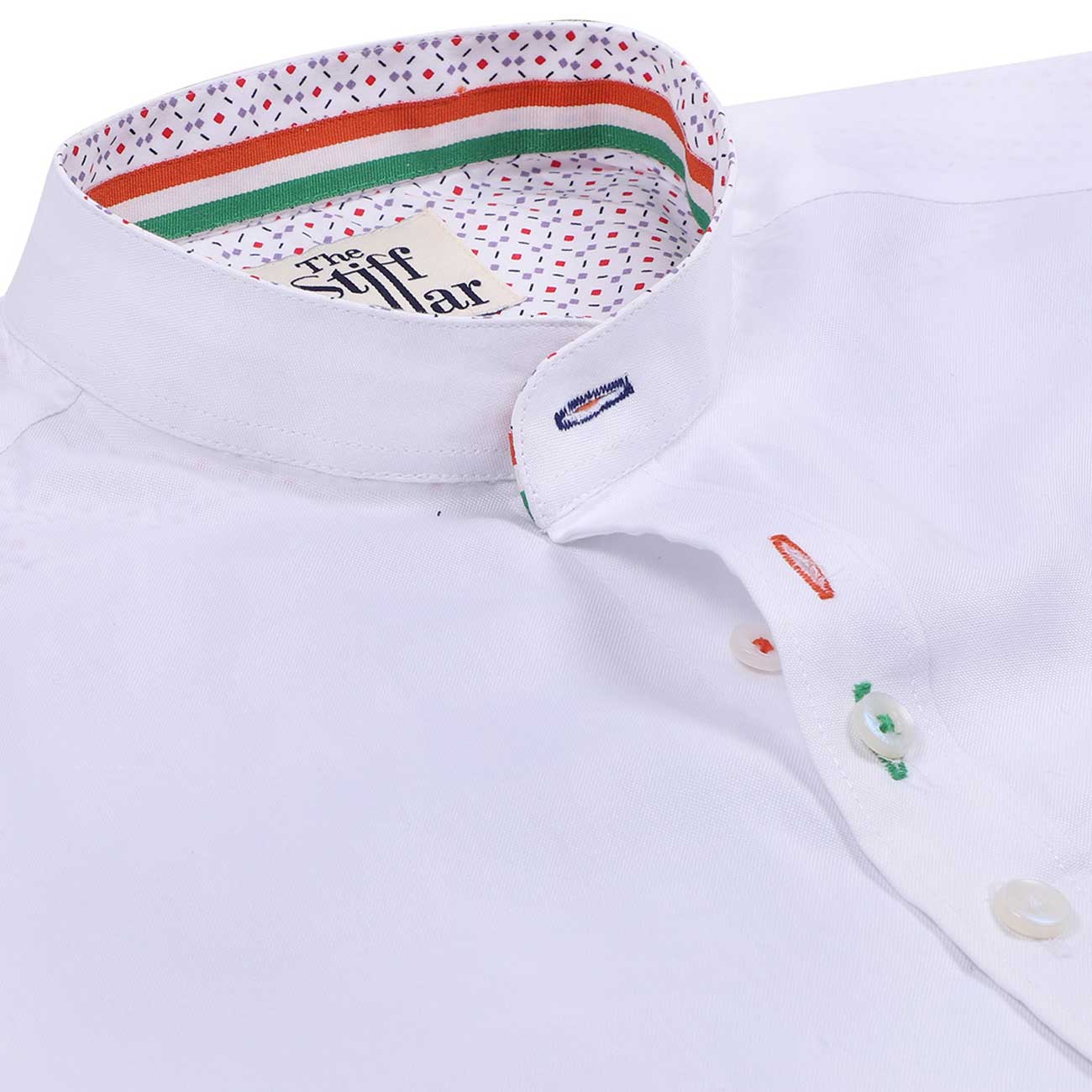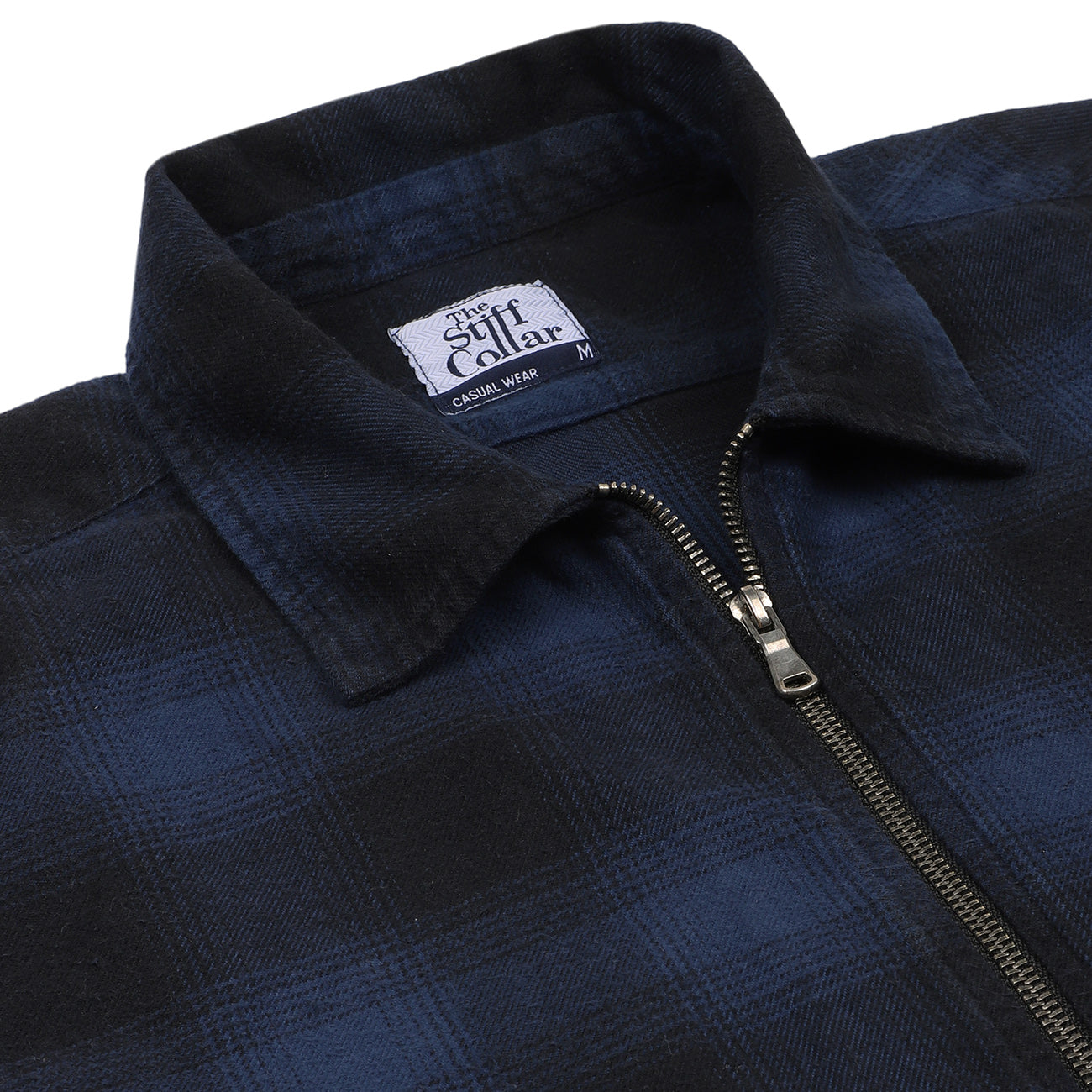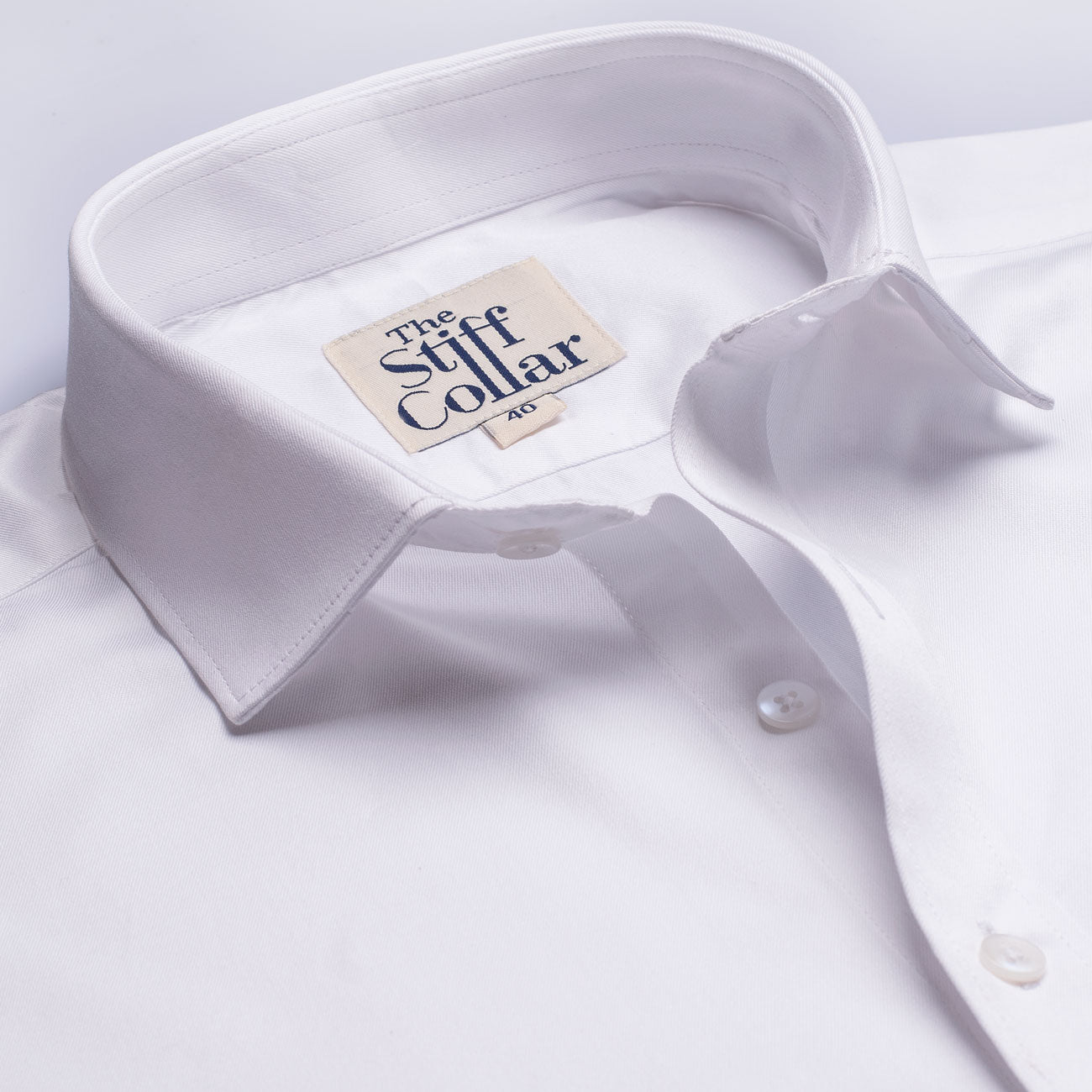
A process of fermentation, drying, crushing and beating, turns the flax plant into linen fabric. Today, linen is widely used in the production of garments, household items, and soft furnishings around the world, particularly favoured in warmer weather climates due to its breathability. Linen textiles appear to be some of the oldest in the world; with a history going back as far as prehistoric times. Dyed flax fibers found in a cave in Southeastern Europe (present-day Georgia) suggest the use of woven linen fabrics from wild flax may date back over 30,000 years. Linen was also used in ancient civilizations including Mesopotamia and ancient Egypt where it was used for mummification, burial shrouds, and even exchanged as currency. In many world religions such as Christianity and Judaism, linen is mentioned in the scriptures and has long held significance as a marker of social status and wealth.

From the 18th century and beyond, the linen industry grew exponentially and was integral to the economy of many American and European countries.

The word linen is of West Germanic origin and finds its root in the Latin name for the flax plant, 'linum'. A number of other terms in English derive from this root, most notably line, from the use of a linen (flax) thread to determine a straight line. It is also etymologically related to a number of other terms, including lining, because linen was often used to create an inner layer for clothing, and lingerie, from French, which originally denoted underwear made of linen.

Linen is stronger than cotton, dries more quickly, and is more slowly affected by exposure to sunlight. However, the strength of linen means that it lacks elasticity so is easily subject to wrinkly and creasing. Linen can absorb and release moisture quickly making it a good conductor of heat, providing a cool, breezy feeling to the wearer. Popular types of linen garments include linen shirts, linen ‘yoga’ pants, and ethnic tunics. Linen fabric holds dye well and can be found in a wide variety of tones - from deep shades to pastel tones. Depending on the garment, and the desired ‘fall’ or ‘drape’, linen yarn will be mixed with cotton yarn, or hemp fibres, to create different grades of softness, or stiffness. Higher percentages of cotton will give a more pliable outcome, higher percentages of linen will give a crisper feel.
Link : https://www.thestiffcollar.com/search?type=product&q=linen

